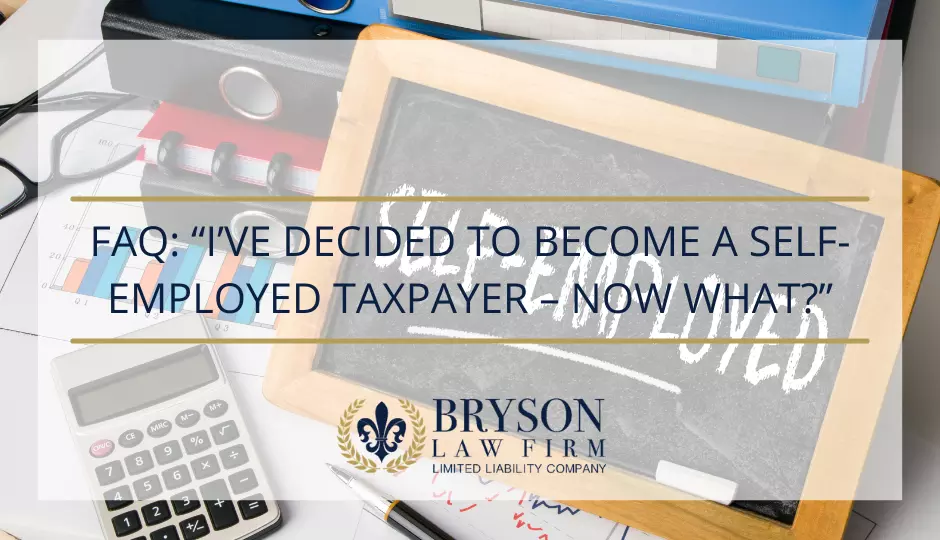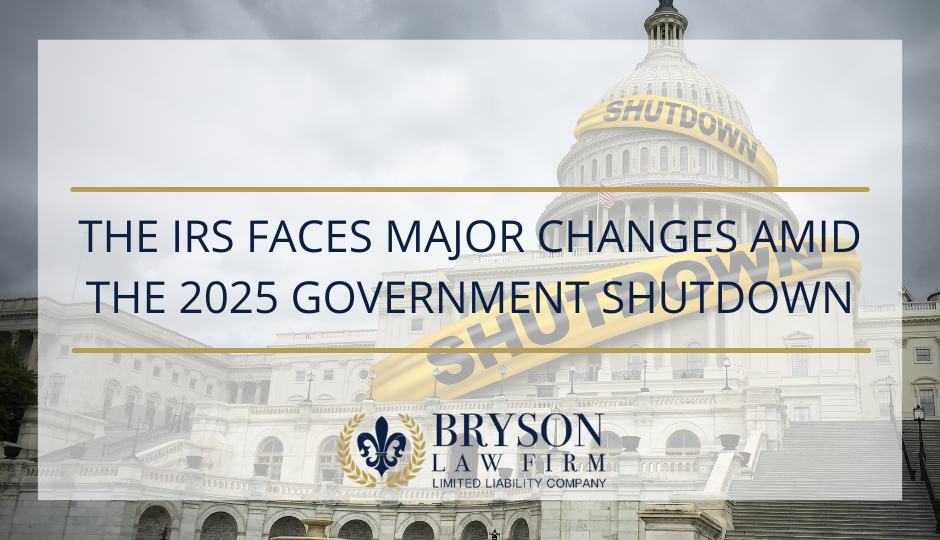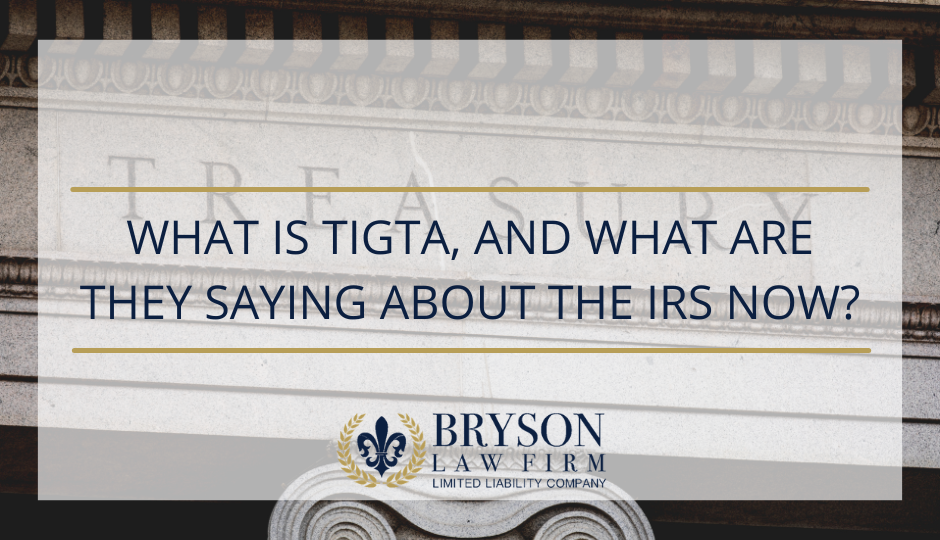Starting a new job is exciting! Especially if you are going into business for yourself. You are going to have full control of your schedule, what jobs you take, how you complete your projects, and more. However, with this freedom comes more responsibilities.
Here are a few tax tips 1099 taxpayers should take into consideration:
- Be Prepared to Pay Income Tax + Self Employment Tax
One of the big differences between being a W2 employee and a 1099 taxpayer applies to taxes. Both are required to pay Income Tax. The percentage of this tax depends on the taxpayer’s wage bracket. Both types of taxpayers are also required to pay FICA Tax (Medicare and Social Security).
1099 taxpayers will pay 12.4% for Social Security and 2.9% for Medicare towards FICA totaling 15.3%.
W2 Employees will pay 6.2% for Social Security and 1.45% for Medicare – these amounts are withheld from the pay of most wage earners – and their employer will match these amounts. That will again bring the total to 15.3%.
The difference here for self-employed taxpayers is “self-employment tax.” Special rules apply for income that exceeds certain thresholds, fiscal year filers, etc. 1099 taxpayers who owe self-employment tax will file a Schedule SE on their income tax returns.
- Know And Keep Track of Available Tax-Deductible Expenses
Although you may pay more in tax as a self-employed taxpayer, you are also able to write off much more as a self-employed worker.
Taxpayers can deduct the employer-equivalent portion of self-employment tax in calculating the adjusted gross income, which will affect the income tax.
Keeping track of business expenses so that you can claim them on your tax return as deductible expenses can help to offset some of your taxable income which can lead to you owing less taxes at the end of each quarter/year. Save receipts for office supplies, tools, gas, business meals, and anything else you purchase for work or to run your business.
It also pays to have accounting software to help track income and expenses.
- Keep Up with Your Estimated Tax Payments
When you are obligated to pay your taxes may be different from a W2 employee as well. While W2 employees have taxes withheld from each paycheck and then file their taxes each year, most 1099 taxpayers will need to make Quarterly Estimated Tax payments.
Taxes are required to be paid as income is earned. If you plan to owe more than $1000 annually as a self-employed taxpayer, or if you owed tax in the year prior, you’re typically going to be required to make estimated tax payments.
Estimated tax payments will help you remit your income tax and the other taxes owed such as self-employment tax. If you don’t pay enough/throughout the year, you may be subject to IRS penalties.
Estimated tax amounts are calculated using the Form 1040-ES. You’ll estimate the amount of income, deductions, and credits you plan to have in the year. This is something you’ll need to do quarterly – there are 4 payment due dates each year, but you can pay more frequently – weekly, bi-weekly, monthly, etc. so long as you have paid enough by the quarter’s end. You can mail your payments, pay online, or pay by phone. The IRS Electronic Federal Tax Payment System (EFTPS) is one of the easiest ways to do this.
- Hire A Qualified Tax Professional to Help
As you’ve gathered by now, there is a lot to keep up with to stay in compliance with your tax obligations as a 1099 taxpayer. There are also a lot of ways to ensure you’re maximizing tax-saving opportunities. Maybe you should start a business – elect to be taxed as an S Corporation – invest in insurance and retirement, etc. We recommend that every self-employed taxpayer hire a qualified tax professional to help in calculating estimated tax payments, keeping up with the accounting – income and expenses, preparing all necessary tax returns, and tax planning. Interested in learning more? Contact Bryson Law Firm, LLC today.























